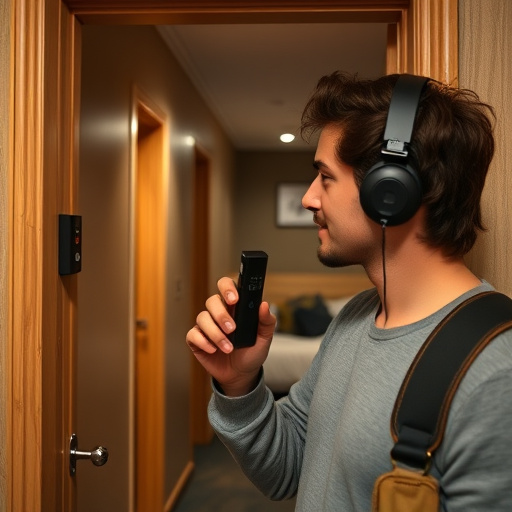Family-friendly parks offer dedicated play areas, open spaces, scenic trails, and organized events for all ages. Design playscapes with zones for younger & older kids, versatile structures, and inclusive features to encourage exploration & community. Parks provide catering, amenities, and unique landscapes for group events, accommodating large groups & diverse needs. Inclusive design, accessible areas, multi-lingual signage, & sensory elements create welcoming spaces for all visitors.
Planning a group gathering in a park? Choosing the right, family-friendly location is key. From vast open spaces for games and activities to well-designed play areas catering to all ages, the perfect park can enhance any event. This guide explores essential considerations like selecting suitable family-friendly parks, designing inclusive playgrounds, accommodating large groups with food and seating, and fostering a safe environment for every visitor.
- Choosing Family-Friendly Parks for Gatherings
- Designing Play Areas for All Ages
- Catering to Large Groups: Food and Seating
- Creating a Safe and Inclusive Environment
Choosing Family-Friendly Parks for Gatherings

When planning a group gathering, selecting the right park is key to ensuring an enjoyable experience for all, especially if families are involved. Opting for family-friendly parks offers a range of benefits, from dedicated play areas and open spaces to scenic walking trails, catering to diverse age groups and interests. These parks often provide amenities like picnic tables, barbecue facilities, and even organized events or programs suitable for family gatherings.
Choosing locations with these features ensures there’s something for everyone, creating an inclusive environment. Additionally, many family-friendly parks have on-site staff who can assist with any queries and ensure a safe, enjoyable visit. This attention to detail contributes to memorable experiences, fostering connections among family members and friends alike.
Designing Play Areas for All Ages

When designing play areas within family-friendly parks, it’s crucial to consider a diverse range of ages and abilities. Incorporating inclusive features ensures every member of the community, from toddlers to seniors, can enjoy the space. This might include dedicated areas for younger children with soft surfaces and age-appropriate equipment, as well as more challenging structures for older kids encouraging physical activity and problem-solving skills. Balancing these elements creates a dynamic environment that caters to all.
Additionally, incorporating versatile play structures, like climbing frames with different levels of difficulty or multi-sensory experiences, allows for varied engagement. Family-friendly parks should aim to provide spaces where children can explore, climb, slide, and interact while parents and caregivers can relax nearby, fostering a sense of community and enjoyment for all ages.
Catering to Large Groups: Food and Seating

When planning a group gathering in a family-friendly park, catering to large numbers is essential. Many parks offer picnic areas with ample seating options, including benches, tables, and even portable folding chairs, ensuring comfort for all attendees. These spaces are ideal for potlucks or bring-your-own-food events, allowing groups to socialize and enjoy meals together.
For more formal gatherings, some parks have designated event spaces with covered areas, providing shelter from the elements. These venues often include tables and chairs suitable for various group sizes, making them perfect for birthday parties, community meetings, or even small festivals. Consider the park’s amenities to create a memorable experience, especially when catering to diverse dietary needs—from offering multiple food options to ensuring accessibility for all, including those with specific allergies or dietary restrictions.
Creating a Safe and Inclusive Environment

Creating a safe and inclusive environment is paramount when designing park facilities for group gatherings, especially in family-friendly parks. This means implementing features that cater to diverse needs, from accessible play areas for those with disabilities to quiet zones for individuals seeking respite from bustling activity. A well-planned park should offer spaces where everyone feels welcome and respected, encouraging a sense of belonging regardless of age, ability, or background.
Incorporating inclusive design principles ensures that family friendly parks cater not just to the majority but to all. This could involve providing adequate signage in multiple languages, offering bench seating for those who prefer rest, and incorporating sensory elements that engage diverse senses. Such thoughtful considerations foster a positive atmosphere where groups can gather, connect, and create lasting memories together.














